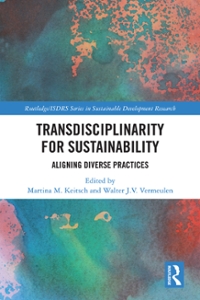Question
1. Peaks & Valleys Co. serves customers in two towns, Abovely and Belowing. Residents of Abovely have demand function QA = 220 - 4PA. Residents
1. Peaks & Valleys Co. serves customers in two towns, Abovely and Belowing. Residents of Abovely have demand function QA = 220 - 4PA. Residents of Belowing have demand function QB = 18 - 0.2PB. The total cost of serving Q = QA + QB consumers is C = 10Q. Who has more elastic demand at a given price, Abovely or Belowing residents, and whom would you expect to pay the higher price based on the elasticities if P&V price discriminates? A. Abovely residents have more elastic demand, and therefore will pay less. B. Abovely residents have more elastic demand, and therefore will pay more. C. Belowing residents have more elastic demand, and therefore will pay less. D. Belowing residents have more elastic demand, and therefore will pay more.
2. A+ Assurance and Perfect Provision Partners are the only players in their industry, which has inverse demand P = 620 - 12Q, where Q is the combined number of policies sold by both firms. Because customers like the products of both firms equally, these firms are forced to charge the same price P in order to be able to sell. Both firms have constant marginal costs of $44, and they compete by choosing how much to sell, which determines the market price via the inverse demand function. In which scenario (if any) can the two firms make a combined profit of $6,144? A. In a Stackelberg duopoly. B. As Cournot duopolists. C. If they are Bertrand duopolists. D. When one of them is a monopolist.
Step by Step Solution
There are 3 Steps involved in it
Step: 1

Get Instant Access to Expert-Tailored Solutions
See step-by-step solutions with expert insights and AI powered tools for academic success
Step: 2

Step: 3

Ace Your Homework with AI
Get the answers you need in no time with our AI-driven, step-by-step assistance
Get Started


